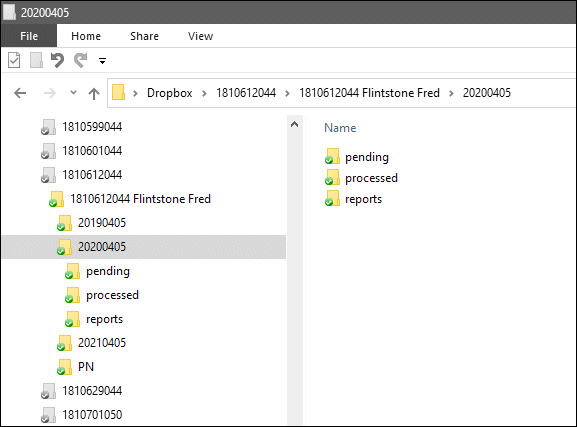Diluting your shareholding?
There may be good reasons for issuing more shares in your UK limited company, but you may unwittingly be running the risk of a capital gains tax bill. Read on . . .
The typical situation is a small company headed by Fred Flintstone and Barney Rubble who each own 50 Ordinary shares. Fred and Barney then decide to admit Mr Stone as a third director to Dinosaur Ltd and want to give him a small share of the company. The aim is to split the shares in a 40:40:20 ratio. There are two ways to do this:
- The simplest thing would be for Fred and Barney to sell or transfer 10 shares each.
- Or, Dinosaur Ltd could issue a further 25 Ordinary shares from the unissued share capital.
In either case the desired ratio of 40:40:20 is achieved, and in either case a potential gain arises in the hands of Fred and Barney. This happens whether or not money (or other consideration) changes hands. The gain arises, because Fred and Barney have given up a chargeable asset. Whichever way you look at it, they have surrendered 10% each of Dinosaur Ltd to Mr Stone.
The capital gains tax calculation depends on many factors, particularly in the case of small, close companies (and you should take professional advice)! In it’s simplest form, look at it this way . . .
Let’s say that Dinosaur Ltd is worth £1M. That was the value of the company on the balance sheet when last year’s accounts were done. Let’s also assume that the year end was yesterday and that the accounts were completed this morning, and so that figure is a valid current market value. Let’s also assume that Mr Stone paid nothing for the shares and was given them only on account of his important status.
Fred put in £50 on day one of the company and has just given away shares which originally cost him just £10. Because Dinosaur Ltd is now worth £1M he has made a disposal to the value of £100,000. His capital gain is £99,990 and he has and annual exemption of (say) £9,990. That leaves £90,000 chargeable to tax at the prevailing rate.
- In 2009/10 the CGT rate is 18%
- So 90,000 x 18% = 16,200
Amazing isn’t it? Fred has to pay a tax bill of £16,200 even though he received nothing but Mr Stone’s important status in exchange for a 10% share of Dinosaur Ltd. Ditto Barney! There are narrow, specialised rules which may allow some form of tax relief from that gain. However, does this story have implications for any share transactions you are considering? If your proposed arrangement means that your percentage holding in a company is going to change then you should seek professional advice.
And even if your holding is going up, there are implications for (a) your next share transaction and for (b) whoever has a diluted share in the company as a result.

